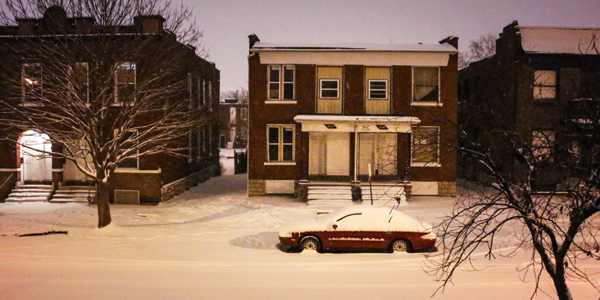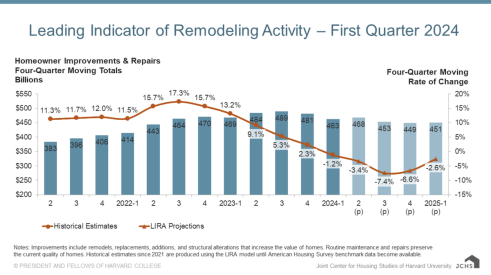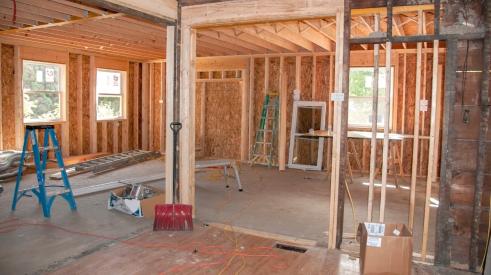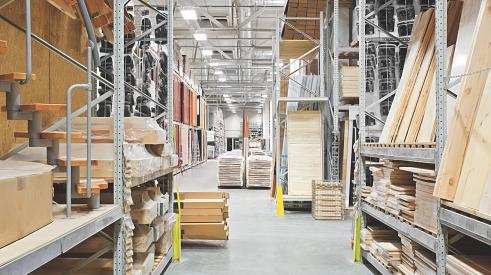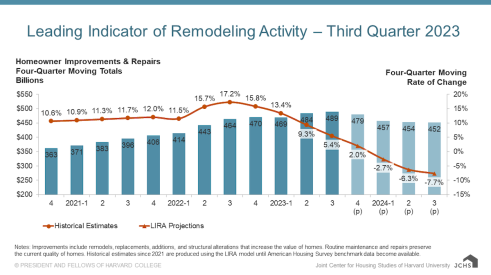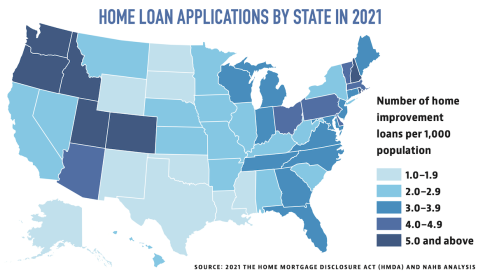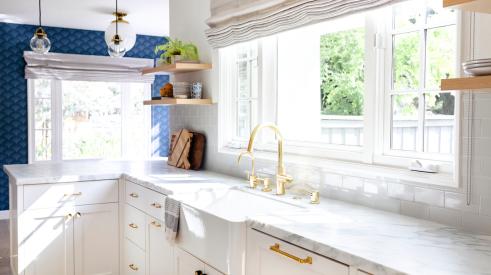A study investigating the economics of home weatherization has created a small firestorm. (A small hailstorm would be more accurate, considering that the data came from Michigan.)
Researchers from the University of Chicago and the University of California, Berkeley, released a study titled, “Do Energy Efficiency Investments Deliver? Evidence from the Weatherization Assistance Program.” The project looked at 30,000 Michigan households who are part of a federal program that provides low-income families with products such as home insulation and weather stripping.
The study’s conclusions weren’t subtle.
“The findings suggest that the upfront investment costs are about twice the actual energy savings,” the researchers state, adding that, “Overall, the energy efficiency investments we evaluated are poor performers ... across a variety of metrics.”
The results were made public in late June and immediately, a number of media outlets picked up the study. It’s easy to see why: The nearly 40-year-old Weatherization Assistance Program (WAP) has long been the largest of its kind. It got even bigger after the 2009 stimulus bill increased WAP’s budget by $5 billion. Suggesting that the massive program doesn’t create savings is newsworthy on its own, but combining that claim with the implication that energy efficiency upgrades of this type may not pay for themselves in general is an even bigger story.
Flawed Results Cast Doubt
Yet, one fact that didn’t get widely reported is that a number of experts are finding fault with the study.
“The paper … is poorly written and opaque,” says Martin Holladay in an extensive piece written for GreenBuildingAdvisor.com, where he
is a senior editor. Holladay cites numerous
faults with the study including the types of weatherization installed, the fact that only homes heated with natural gas were included, and the selection of Michigan as the sole location for
the research.
In addition, after reviewing the data, Holladay contends that it’s unclear how many of the 30,000 homes in the study were actually weatherized. He goes on to say that he contacted one of the researchers and was told that the number was 616.
“To repeat,” he writes, “the number of weatherized houses that were evaluated by the researches was 616, not 30,000.”
Others find fault with the actual homes being studied. “It’s not new information that many of the improvements don’t save as much as suggested by either energy models or the manufacturers,” says Michael Anschel, principal of Minneapolis-based Otogawa-Anschel, a company devoted to green building.
“But weatherization candidates get subsidized improvements and may not have a high need for the [products],” Anschel says. “The opportunity for impact is reduced. Additionally, the programs have been running so long that the worst offenders have been fixed, potentially skewing current results.”
Others point out that the WAP program itself may have had an impact on the effectiveness of the weatherization. “Most low-income WAP programs require ventilation be installed for indoor air quality. This always decreases efficiency,” says Carl Seville, president of SK Collaborative, a green building consulting firm in Atlanta.
It’s unknown at this time what effect the study may have on the market for energy-efficient weatherization products. Yet one thing is clear: The issue is complex and won’t be resolved with data from a single study.
Remodeling experts respond to a study claiming that weatherizing a home costs more than it saves
Add new comment
Related Stories
Harvard Says Remodeling Spending Downturn to Slow
Could the drop in remodeling spending from post-COVID levels regulate soon?
How to Increase Your Odds of Closing Remodeling Sales
Use these tips to hone your sales process and grow close ratio
The Remodeling Market Could Turn in Q4, Says Harvard
Repair and remodeling spending could see an uptick at the end of the year
How to Communicate with Today's Cautious Remodeling Client
Amid economic skepticism, Americans continue to spend. Now, how can you get them to spend on remodeling?
Building Materials Show Stability in 2023
Although supply chain bottlenecks have eased in recent months, shortages of some key materials persist.
Remodeler Sentiment Remains Positive
Surveys reveal a strong outlook, and how the aging population will lift remodeling
Next Year to Challenge Remodeling, Says Harvard
The latest LIRA report predicts greater decrease in home improvement and remodeling spending
Remodeling Loan Data Reveals Geographical, National Trends
An analysis of loan data shows the most popular, and least popular, states for home improvement
Remodeling Spending to Decline at Faster Rate, Says Harvard
Remodeling spending may drop for the first time since 2020, according to predictions from Harvard's Remodeling Futures Program



